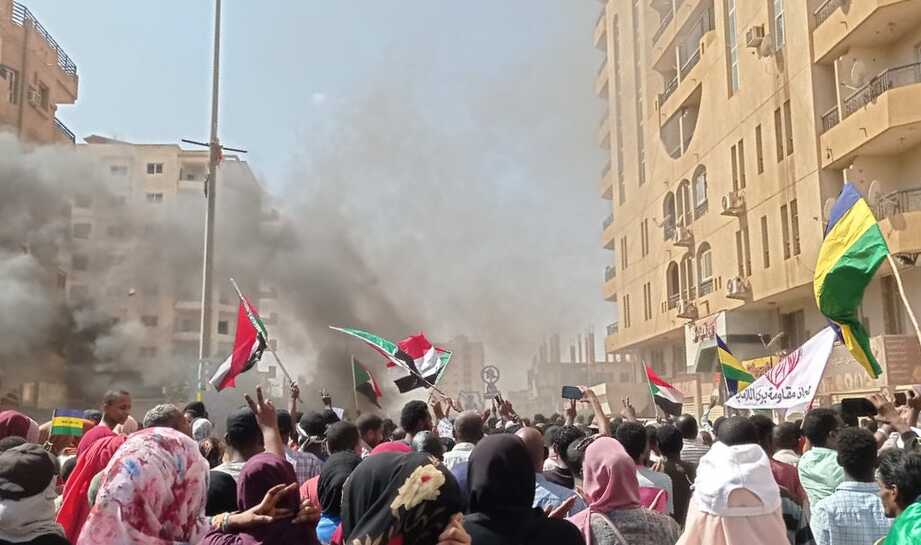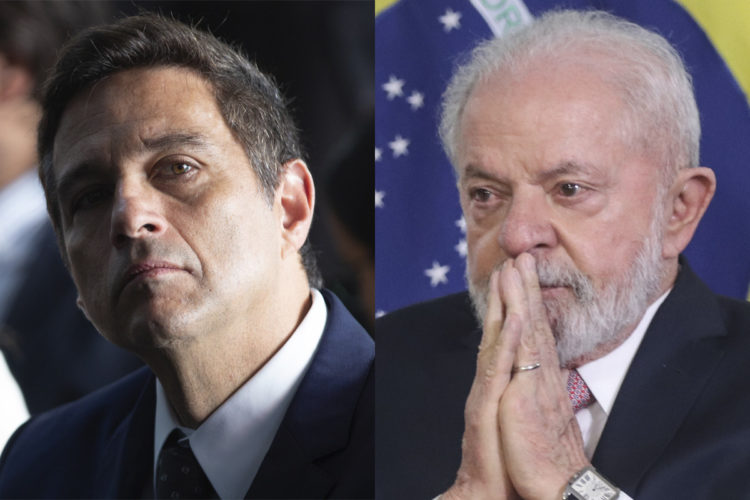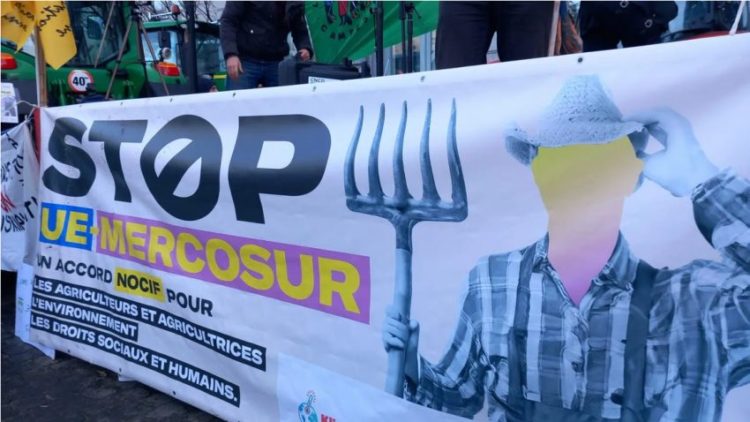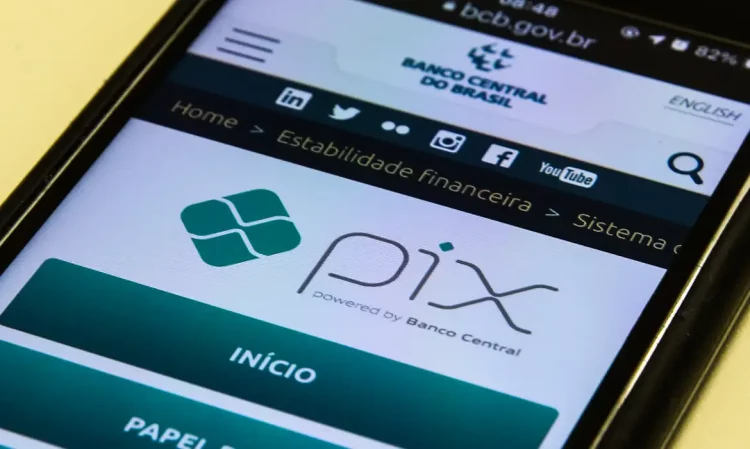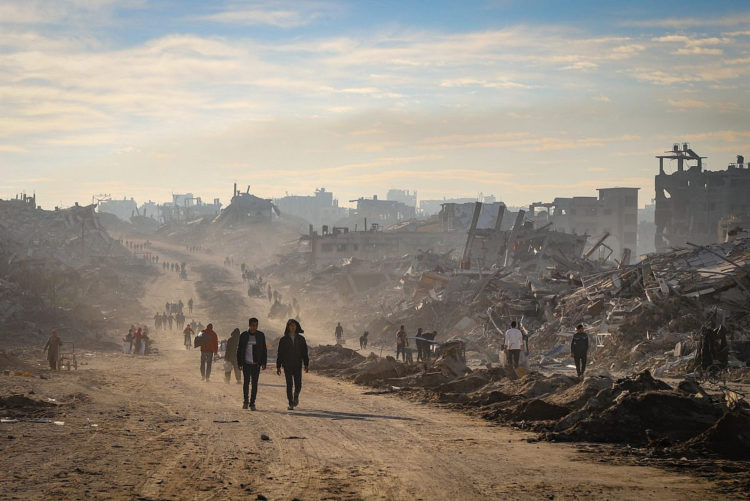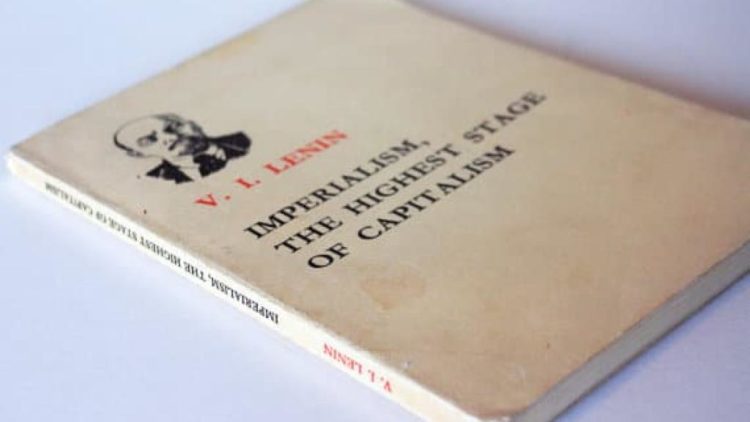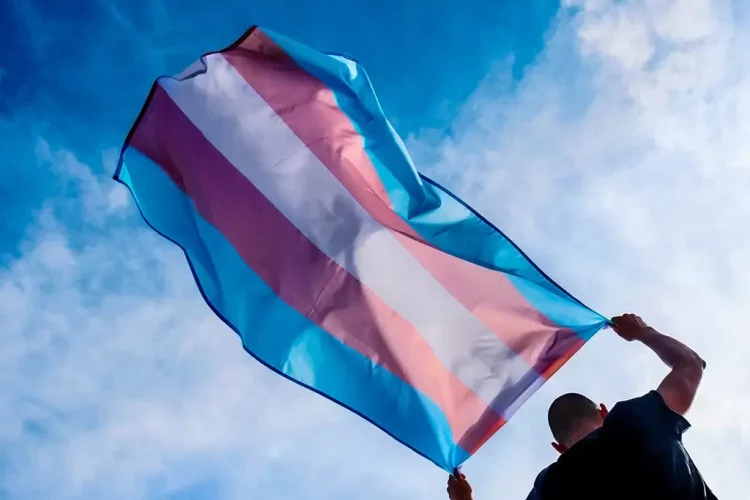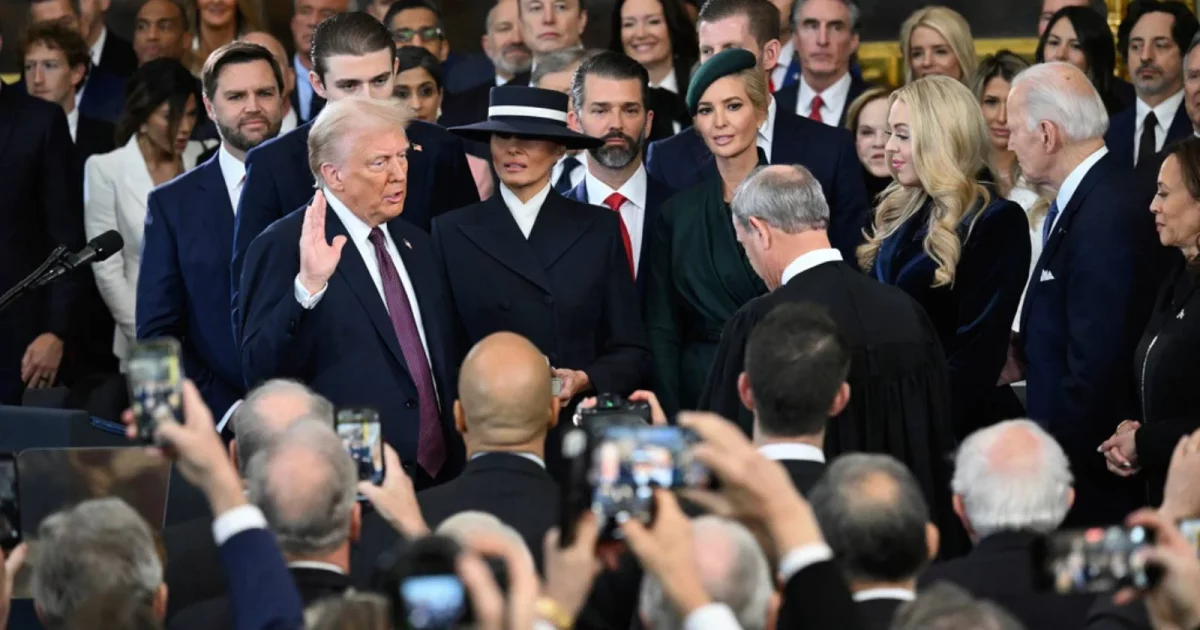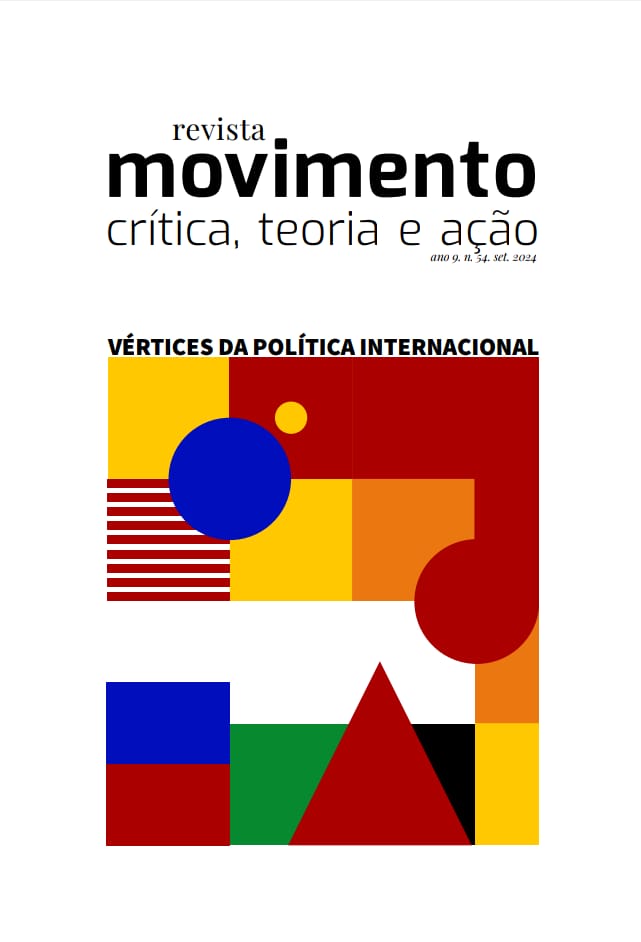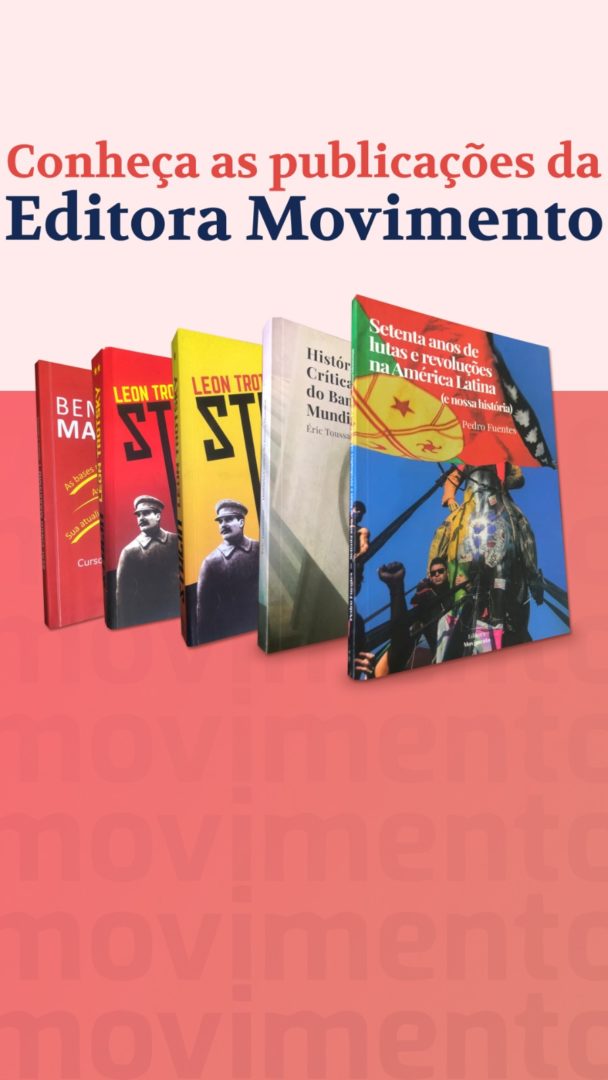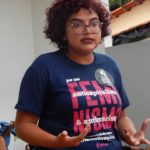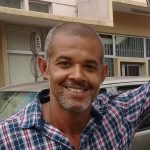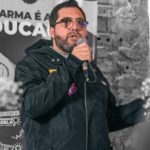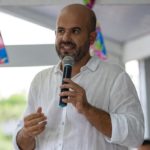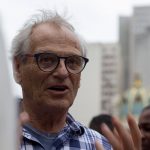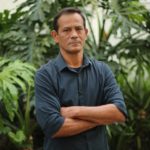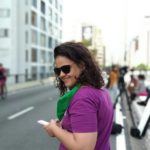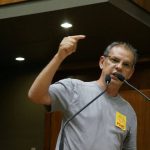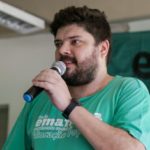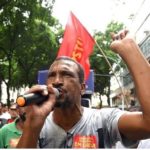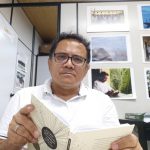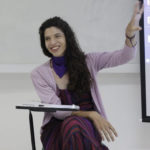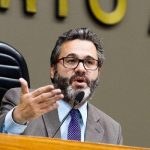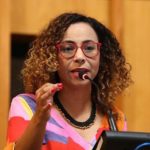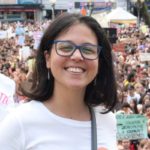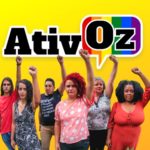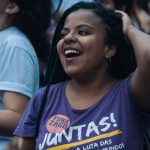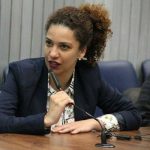The revolutionary process in Sudan
Interview with a Sudanese activist on the process of struggle in the country and the current situation in the face of civil war.
“Hourria” (the name has been changed), a young researcher at the University of Khartoum, was interviewed by the International Commission of France’s Nouveau parti anticapitaliste (NPA) on the role and importance of resistance committees in Sudan’s revolutionary process.
Can you remind us of how the Sudanese Professionals Association (SPA) and the Resistance Committees (RCs) emerged?
It must be said that the context and timing of the creation of the SPA and the RCs are different. Moreover, in terms of composition, the SPA was formed mainly as a federation of professional associations which, while not the expression of political parties, already had a developed political training and consciousness. The training criterion is also different: for the SPA, it is professional qualifications (various categories), therefore closer to the union form, and transversal (not localized). For the CR, it is location and attachment to the neighbourhood where you live that counts.
Little by little the resistance committees distanced themselves from the SPA?
It happened gradually. The first stage was during the army headquarters sit-in (which began on 6 April 2019, continuing after the fall of Omar al-Bashir on 11 April until its dissolution by the 3 June 2019 massacre). The SPA had two options: either stay closer to the base and its demands, or join the negotiations between the Military Council and the Forces of Freedom and Change (FFC), and it was from there that the base, the RCs, began to distance themselves, to understand that they had to rely on their own forces and coordination – from here the idea of having an RC coordination, autonomous from the SPA, was born. An example of this distancing of the RCs from the SPA (with whom they had been coordinated since the beginning of the insurrection in December 2018): after the massacre of the sit-in on 3 June 2019, the RCs called for continued civil disobedience, but three days later, the FFC, supported by the SPA, wanted to put an end to it, arguing that there was no strength to continue, but the RCs consider that it was rather to regain their place at the negotiating table and they saw it as a betrayal.
So, the resistance committees are autonomous organizationally and financially?
Organizational autonomy is deeply rooted and defended as a principle from the beginning. Any issue is discussed first at the lowest level (different sections of a neighbourhood), then in a neighbourhood coordination and eventually at the higher level (federal state coordination). This makes some decisions take a long time, because of this desire to respect a shared discussion and not to reproduce a system where “political elites” make decisions quickly, without consulting the base.
As for financial autonomy: first, many activities do not require money but only the investment of time and effort by people. Then, practices of giving or sharing “what we have” are solicited for cases that require money or goods (food or other). Over time, there have also been in some contexts more regular forms of membership and neighbourhood membership fees of small amounts. In general, most RCs do not want to be too dependent on money from elsewhere: for example, they accept the offer of useful equipment for their actions (pens, colours and spray to draw on walls or banners; self-defence equipment – helmets, glasses, gloves – in demonstrations especially after the coup d’état; medicines for hospitals that treat those wounded in the demonstrations).
The resistance committees have had several functions depending on the political situation of the country?
In the first period (2019), most of the activities in support of people in the neighbourhoods were put in place. In the period of the pandemic, especially in the containment phase and until June 2020, the RCs were very active in coordination with the medical staff (prevention, vaccination, food aid to those locked down).
After the Juba agreements in October 2020 [a peace agreement with certain politico-military forces], they also resumed a role as critics of the government and “guardians” of revolutionary principles. After the coup d’état (October 2021), the increase in repression led to the resumption of forms of clandestinity and accentuation of initiatives to support martyrs or political prisoners.
During the current war, there is much less space possible for resistance committees compared to before, this includes humanitarian work, medical assistance in emergency rooms, documentation of violations and crimes (rape and so on), information on services (where to find water, electricity, bread), caring for the missing and burying the dead (including soldiers and militiamen). This is especially true in the capital, because in provincial towns such as Wad Medani in Gezira and others hosting the displaced, the RCs are responsible for providing shelter or food, or monitoring compliance with maximum rent prices.
Apart from the calls for demonstrations, can you give examples of the concrete activities of the resistance committees?
It is a long list, as varied as the various contexts of the resistance committees and the various temporalities. We could mention the following initiatives: There was Hanabnihu (“we will build it”) started in 2019, and in part already in 2018, mainly focused on environmental health, neighbourhood cleaning practices or tree planting; supporting women who sell tea or food on the street, to improve their working environment and defend them from police raids; material support for flood victims after the autumn rains of 2019 and 2020; food harvesting (takaful) to distribute to poor families during Ramadan; material support and information, vaccination for the population during the first period of the Covid-19 pandemic, in collaboration with medical teams and the Ministry of Health in 2020.
In addition, there have been specific actions with market vendors to lower food prices (sometimes with boycott campaigns – for example the purchase red meat) and with landlords to lower rent prices; censuses of the inhabitants of the neighbourhoods (including “illegal” foreigners) with a view to distributing basic goods in times of crisis (especially bread and gas); the organization of queues at petrol stations and bakeries at the time of rationing of these goods (under the first Hamdok government); monitoring of judicial proceedings for the martyrs of the revolution and support for the families of the martyrs; peace campaigns in Darfur, the Nuba Mountains and the Blue Nile during persistent or new conflicts, including the Blue Nile in July 2022; campaigns in support of political prisoners, especially after the 2021 coup and the wave of arrests that followed; maintenance or decoration of public schools; initiatives to maintain the memory of the martyrs (making wall portraits, football matches and so on).
Do we know precisely where the resistance committees are located?
This is a question that is difficult to answer, firstly, because a complete inventory of RCs has not been carried out (attempts were underway), it is rather at the level of the federal states that the coordination identified them, indeed at the lower level. Secondly, because from the beginning of 2020, the government enacted an institutionalization of the RCs as “Change and Services Committees”, which some RCs rejected (because they feared that it would be a kind of “domestication-depoliticization” as well as a dangerous tool of control for possible future repression). Thus, since then, the “mapping” of RCs has become more complicated. Finally, for security reasons, some RCs wanted to remain “clandestine,” not to appear as such, for a longer period.
Nevertheless, by observing actual practices, we can suggest some trends, which indicate the districts of the capital or provincial cities where the formation of RCs was faster and more effective, and then influenced the emergence of other neighbouring RCs (thus their concentration).
Neighbourhoods that already had experience of revolt and repression (2013 uprising) were quicker and more active in organizing themselves as committees. This is the case of Shambat and Khartoum North. The same applies to neighbourhoods where there had been protests prior to the expropriation of land by the regime (e.g., Burri, Khartoum). Some neighbourhoods that were marked by their marginalization within the capital (often peripheral, inhabited by former displaced populations) were also present (for example Haj Yusif, Khartoum East). At the level of provincial cities, sites such as Atbara (a workers’ town, eastern Sudan) and western Gezira (an agricultural region) also experienced early and denser formation of the RCs, as there was a historical presence of trade union formations and the Sudanese Communist Party.
As for rural areas, the situation is more complex. In general, we can say that in rural areas, the appearance of RCs is slower (some were only formed in 2021) and the latter often more in line with the idea of the service committee (with a less visible political dimension and very concrete objectives – access to water, services and so on).
However, some rural areas that had experienced the violence of armed conflict were active and early in the formation of RCs, such as Darfur or Maiurno (Sennar). It can be added that the difficulty of having a homogeneous and definitive vision of the presence of RCs on Sudan and an exact and exhaustive mapping, are linked to the very “nature” of these formations which are really created “from below” and are not “offshoots” of a centralized organization.
What is the role of women?
The role of women was fundamental in the revolutionary movement, but the contradictions of a patriarchal society were present in the life of the RCs as well. Moreover, “women” are not a single subject, there are differences between them, according to places, social class, level of education, generation. In general, it can be said that there were three types of situations: in some cases, women participated in RCs equally with men without major problems, in other cases, they had to fight for their space within the RCs, and finally, there are RCs where there were no women – or even the women themselves did not want to be there.
Certain modes of operation have also implicitly hindered real participation – such as organizing meetings in the evening or at night, when women find it more difficult to go out according to local culture and practices.
When did resistance committees start to coordinate?
The need for more effective coordination was gradually being felt. At first, still in 2019, it was more informal. At the beginning of 2020, this also became essential because the “counter-revolution” began to appear in the streets (movements animated by the old regime begin to appear). The pandemic crisis (early 2020) was the moment when the RCs begin an in-depth reflection aimed at creating the coordination (Tansikiyat of the various RCs. This became necessary for political mobilization but also to avoid the boycott of counter-revolutionary forces. The objective is to keep the common principles of the revolution and to face the various actions, even if localized, in a coherent and shared way.
The resistance committees have adopted a charter of people’s power. How was it developed?
To draw up the charters, the RCs created a project committee after the coup, when the question of revolutionary legitimacy was brought to the forefront, and each RC appointed its representative to participate in this drawing up. The latter took a long time, eight to nine months, because the drafts developed went through a process of return and validation with the RCs, which was also long, and then there was the pooling between coordination of different federal states.
Although the process of producing the document was carried out through horizontal and democratic methods of debate, it was difficult to create full consensus. For example, some RCs did not sign the final document, mainly because there was disagreement on the part around the economic project. The Sudanese Communist Party tried to push for a position totally contrary to dependence on the International Monetary Fund, the World Bank and international capitalism, which was not accepted by many of the rank-and-file RCs. It is true that the economic part of the draft charters did not carry the same vision of “radical” change as in other areas (freedoms, peace, women’s rights, democratic participation and so on). It is a very complex debate, and the arrival of the war did not make it possible to end it.
What is the position of the resistance committees in relation to the war and on the question of self-defence?
The position of the RCs remains strictly pacifist so far: a communiqué of the coordination of the RCs of Khartoum of 22 June 2023 again affirms this position, and the refusal to position itself for action alongside either of the two armed parties, which would endanger the population. The self-defence for which the RCs call rather concerns behaviours that protect citizens from violence, allowing safe evacuation or permanence in homes while avoiding the risks and dangers related to the ongoing conflict.
